
We’ve been working hard to create the best UFO, Alien & Paranormal stories for several years now and we’re excited to share that we just recently launched our youtube channel. We’re releasing one new alien, ufo video each day. Make sure to head over to the UfoHolic youtube channel, subscribe and tap the bell in the top right for notifications to see new videos when they come out. Subscribe to our Ufo videos by clicking here.
Ever since the NASA spacecraft Dawn entered the orbit of Ceres, scientists have been fascinated about the feedback received. On January 19, 2015, the first high-res images of the planet were collected and immediately sparked a heated debate over their supposedly alien origins.
What the pictures revealed puzzled the researchers. Two bright spots were visible in a huge crater from the surface.
To deepen this mystery even further, Dawn also provided images of a pyramid-shaped mountain which is located over a relatively flat landscape. The structure measures about 3 miles above the surface and is oddly dark on one side, while the other side glows with bright streaks similar to the other bright spots found inside the crater. What material could reflect light in such a manner ?
Impressed about the discoveries, the NASA team went further and managed to capture even better images of this curious planet. On 11 May, 2015, Dawn has mapped the planet in detail from 2,700 miles above for the 2nd time.
A better view over the dwarf planet’s surface revealed even more small spots near the previous place. Located in a crater about 55 miles across, at least eight spots can be seen near the largest bright area, which is considered to be about six miles wide. An extremely reflective material is responsible for these spots. Scientists claim that ice or salt might be causing this reflection, but they consider other options as well.
Ceres seems to be split into a rocky core and an icy mantle, and may sustain a leftover internal ocean of liquid water under its coating of ice. In January 2014, emissions of water vapors were spotted from different regions of Ceres, an unexpected and intriguing event, because massive bodies in the asteroid belt do not usually emit vapors.
Besides water, which is a key factor for sustaining life, the small planet also has plentiful craters of different sizes, many of which have central peaks. There is enough evidence supporting the idea of former activity on the surface, including flows, landslides and collapsed structures. It seems plausible enough that alien life might had existed and flourished out here on Ceres, because of the water and minerals which are found over its surface and under its layer.
Following the first exploring mission of a dwarf planet, Carol Raymond, deputy principal investigator for the Dawn mission, declared:
The surface of Ceres has revealed many interesting and unique features. For example, icy moons in the outer solar system have craters with central pits, but on Ceres central pits in large craters are much more common. These and other features will allow us to understand the inner structure of Ceres that we cannot sense directly.”
In other words, this particular dwarf planet has some distinct features which makes it unique among other small planets and it was supposedly targeted by NASA from the start, because of the abundant material it possessed.
Dawn is the first mission to visit a dwarf planet, and the first to engage in two different objectives in our solar system. The spacecraft is still taking images and spectra of Ceres in orbits of about three days each. At the moment, Dawn is orbiting at an altitude of 900 miles.
What other crucial information NASA has gathered we can only speculate. Being well known that government agencies tend to release only the information they desire, no-one knows what this particular planet has in store for us.
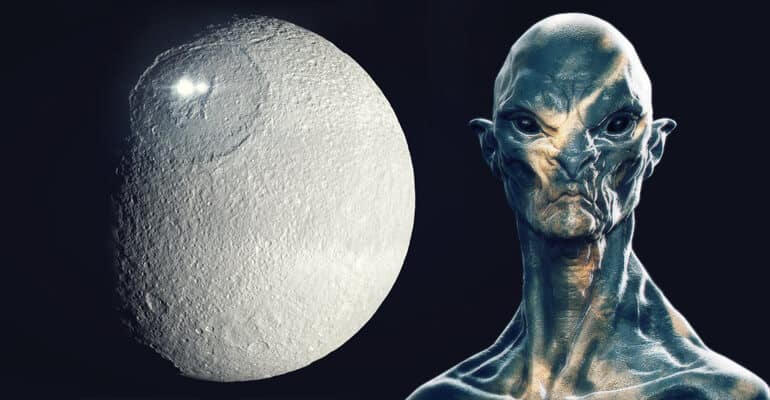
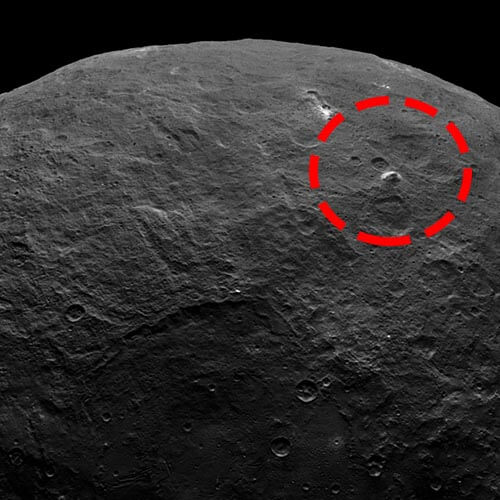
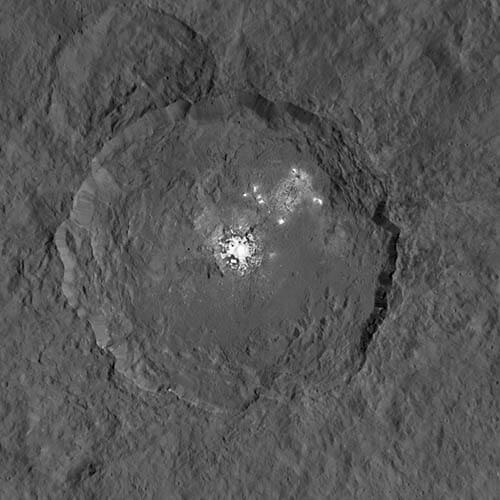
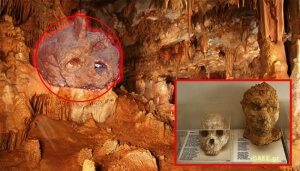

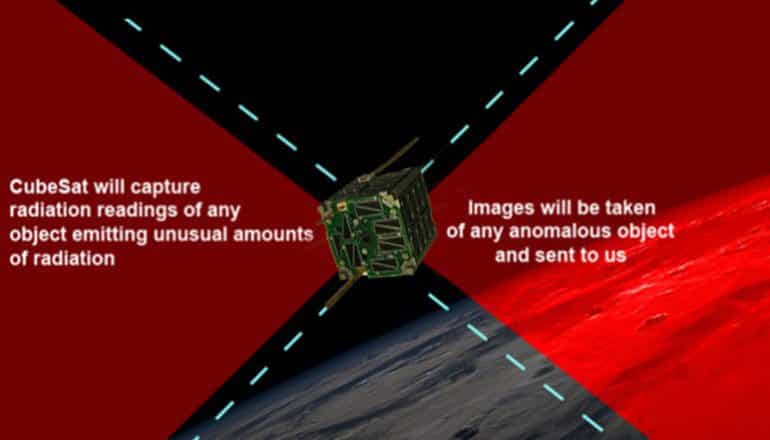
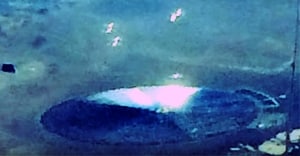





LOL…I Have Major Open Mind…. But This Is MAJOR SPECULATION At This Point….
Could reasonably be the beer factory
Gouda go suck it you racist bastard.?